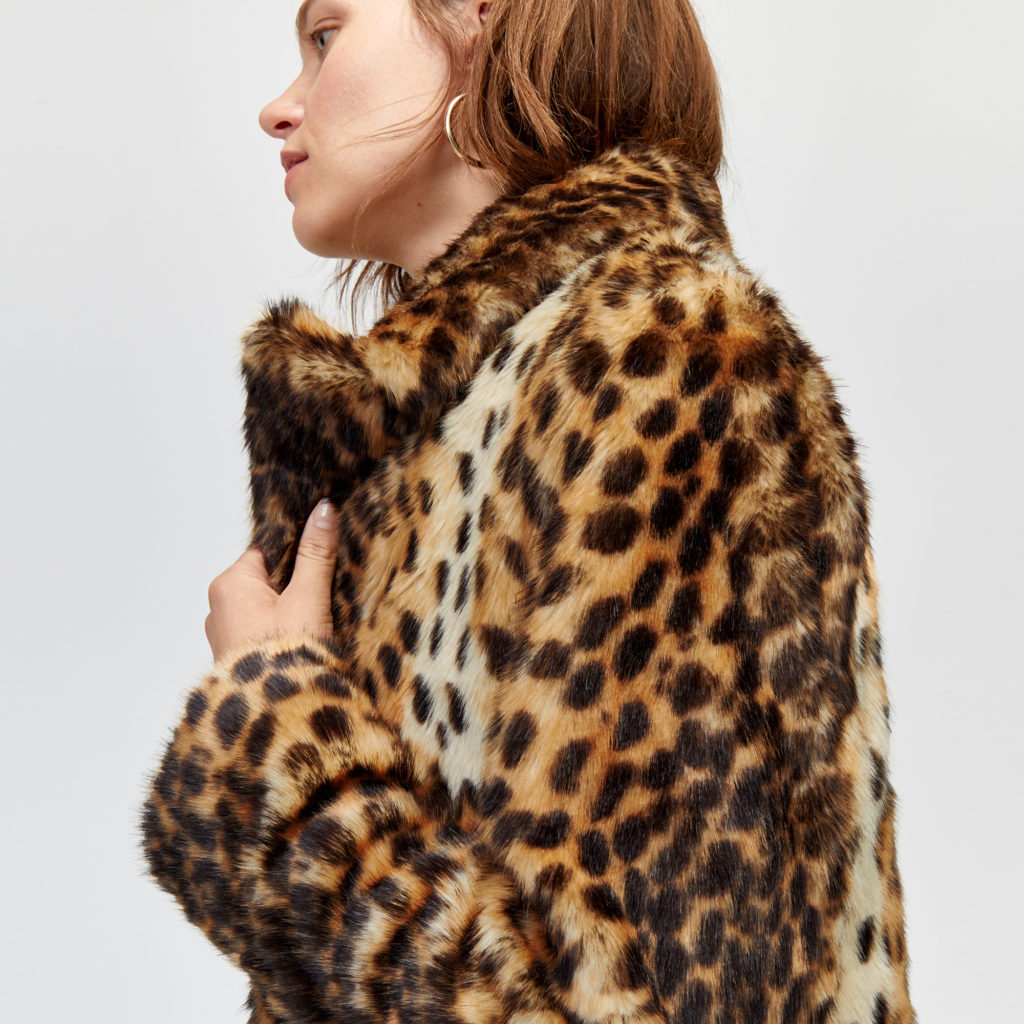ADVERTISING REGULATOR ISSUES ENFORCEMENT NOTICE ON MISLEADING ‘FAUX FUR’ CLAIMS

The Compliance function of the Committees of Advertising Practice (CAP), which is part of the Advertising Standards Authority (ASA) regulatory system, has today [Thur 17 Jan 2019] issued an Enforcement Notice on Misleading ‘Faux Fur’ Claims in Clothes and Accessories which is applicable to all relevant advertisers in the UK across all media, including online and social media.
This action has been informed by ASA rulings, which have banned ads for advertising products that contain real fur as ‘faux fur’ (fake fur). The ban applies across the market.
The Enforcement Notice requires companies to take immediate action to ensure their advertising complies. If the CAP Compliance function continues to see problems in this area after 11 February 2019, it will sanction the companies involved. Where advertisers are unwilling to comply, these sanctions may ultimately include referral to the ASA system’s legal backstop for misleading advertising; Trading Standards.
Companies fulfilling customer orders on retail sites are advised to take a stricter approach to checking the supply chain and the accuracy of claims relating to ‘faux fur’ before putting the products on sale. The Enforcement Notice provides guidance on how to tell the difference between animal fur and faux fur and how to prevent misleading claims. For example:
· Don’t assume that the low cost of the product from a supplier is a good indicator that the product does not contain animal fur. Current market conditions means that animal fur is not necessarily more expensive than faux fur.
· Test the faux fur products yourself before putting them on sale – if they are repeat orders, make sure to test a sample from each batch.
· Laboratory testing is the best method to differentiate between real and faux fur but if this is not feasible, there’s a three-step approach that may help:
1. Check the base of the fur – the base of faux fur will have a mesh or threaded fabric from where the “hairs” emerge; animal fur will have a base of leather or skin.
2. Check the tips of the hair – if it tapers as opposed to being blunt, it’s likely to be real fur, although sometimes animal fur has been sheared or cut to a uniform length.
3. The burn test – cut off some of the fur and burn it safely. Real fur singes and smells like burnt human hair while faux fur melts and smells like burnt plastic.
· Don’t use suppliers that make repeated mistakes in supplying real fur instead of the claimed ‘faux fur’ products.
CAP is aware that it is more difficult for online marketplaces to examine all the products sold on the platform. While primary responsibility lies with the sellers themselves, platforms also have a responsibility to ensure products sold on their platforms do not misleadingly present real fur as faux fur. Platforms should work with marketplace sellers to educate them on how to tell real fur from faux fur.




